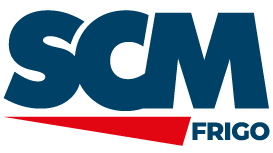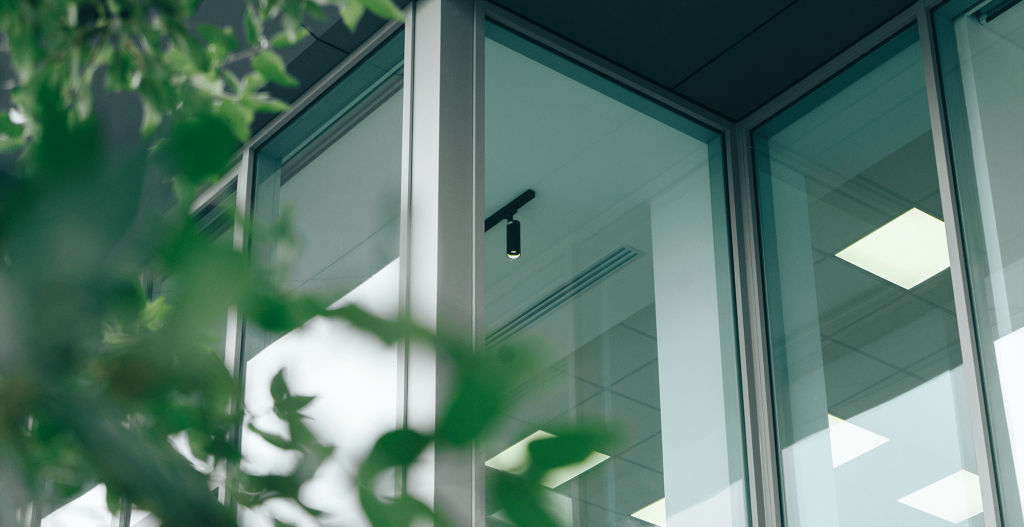CO2 Refrigeration Systems: A Guide to New Regulations
How can businesses follow recent regulatory changes in the CO2 refrigeration industry? What steps can they take to ensure being hands-on with sustainability while using CO2 Refrigeration Systems?
The new F-Gas Regulation aims to remove hydrofluorocarbons by 2050 completely. A significant reduction in availability starts in January next year. Tolerance for fluorinated refrigerants in new products and refrigeration systems is nearing zero.
These changes are the present and the future, so it’s essential to follow them.
This blog post will provide updated insights to support businesses adapting to the regulatory landscape. We are going to understand the timeline, and what rules are on the table, and point out training as an essential tool for overcoming these challenges.
First, what changed for CO2 Refrigeration Systems?
The regulations for refrigeration systems have changed over the years to support sustainability goals. One example is the Montreal Protocol. A global agreement that aims to phase out harmful refrigerants and promote eco-friendly alternatives like CO2. These measures want to reduce greenhouse gas emissions and improve energy efficiency in refrigeration systems.
In Europe, the protagonist is the F-Gas Regulation. At the beginning of 2024, the European Parliament approved the phased-out by 2050 of HFCs for cooling and heating. Here is how the European Commission introduces this theme and the revision presented in 2022: “Recognising the need for enhanced climate action in light of the European Climate Law, better alignment with the Montreal Protocol and stronger enforcement, the Commission thoroughly reviewed the 2014 F-gas Regulation”.
What’s on the table with this regulation and the updates from 2024?
Let’s discover the different actions and their chronology:
- Complete phase-out of hydrofluorocarbons (HFCs) by 2050
This is what the regulation says with data updated to February 2024: “From 1 January 2025, the use of fluorinated greenhouse gases, with a global warming potential of 2 500 or more, for the maintenance or servicing of any refrigeration equipment shall be prohibited.”
The next big reduction was originally scheduled for 1 January 2024. Now, it has been put back to 1st January 2025. The European Commission defends “The EU’s new HFC phaseout will be based on a gradual reduction in the production and consumption of the f-gases over the coming decades”.
- Industry will ban maintenance of refrigeration equipment using fluorinated gases with a high GWP (2500) from 1 January 2025
- Bans of some types of heat pumps and air conditioning containing F-gases on 1st January 2032
The European Commission adds “HFCs will be prohibited from use in small monobloc heat pumps and air conditioners with a capacity of less than 12kW (3.4TR) from 2032.”
- Bans of refrigerators and freezers for commercial use containing HFCs on the market with a GWP of 150 or more on 1st January 2025
- Bans of domestic refrigerators and freezers and self-contained refrigeration equipment from 2026
The goal is to expand beyond domestic and commercial equipment to include laboratory equipment, small water chillers, drinks coolers, and ice makers.
- Obligation for certified installers to repeat training within 5 years after the starting of this legislative proposal.
From March 2026 to March 2027, Member States must create or adjust certification programs for personnel who carry out installation, maintenance, servicing, repair, decommissioning, leak checks, and recovery for F-gases and alternatives. By March 12, 2027, technical employees must refresh their knowledge with training at least every 7 years.
Current Scenario
The F-Gas regulation sends a clear signal to the refrigeration industry that it must transition to more sustainable, low-GWP solutions to meet the EU’s climate goals. Manufacturers and suppliers will need to ensure their equipment remains compliant and operational under the new rules.
The updated EU F-Gas Legislation and its implications extend beyond the borders of the European Union, impacting countries worldwide, including the United States.
Second, how to maintain compliance?
Seeking guidance from experts, engaging in industry collaborations, and investing in employee training. This way, businesses can learn the best practices for sustainable CO2 refrigeration systems.
We understand that switching to CO2 refrigeration systems is not so simple, especially when businesses are not starting from zero. It’s also important to consider storage, handling, and maintenance. These factors combined with the initial investment carry weight in the decision.
Retrofitting existing systems is an alternative and, often, more cost-effective. In other words, businesses can update their actual systems with more environmentally friendly options. Proper retrofitting can lower environmental risks, reduce costs, and support compliance efforts.
As the industry shifts towards a more sustainable future, businesses must stay informed, embrace innovative solutions, and actively participate in shaping the regulatory landscape. That’s where CO2 Refrigeration Systems appear.
Building Connections
On LinkedIn

Become a CO² Specialist
Beijer Ref Academy will offer technicians and installers the opportunity to learn how to operate CO2 refrigeration systems in different configurations.

